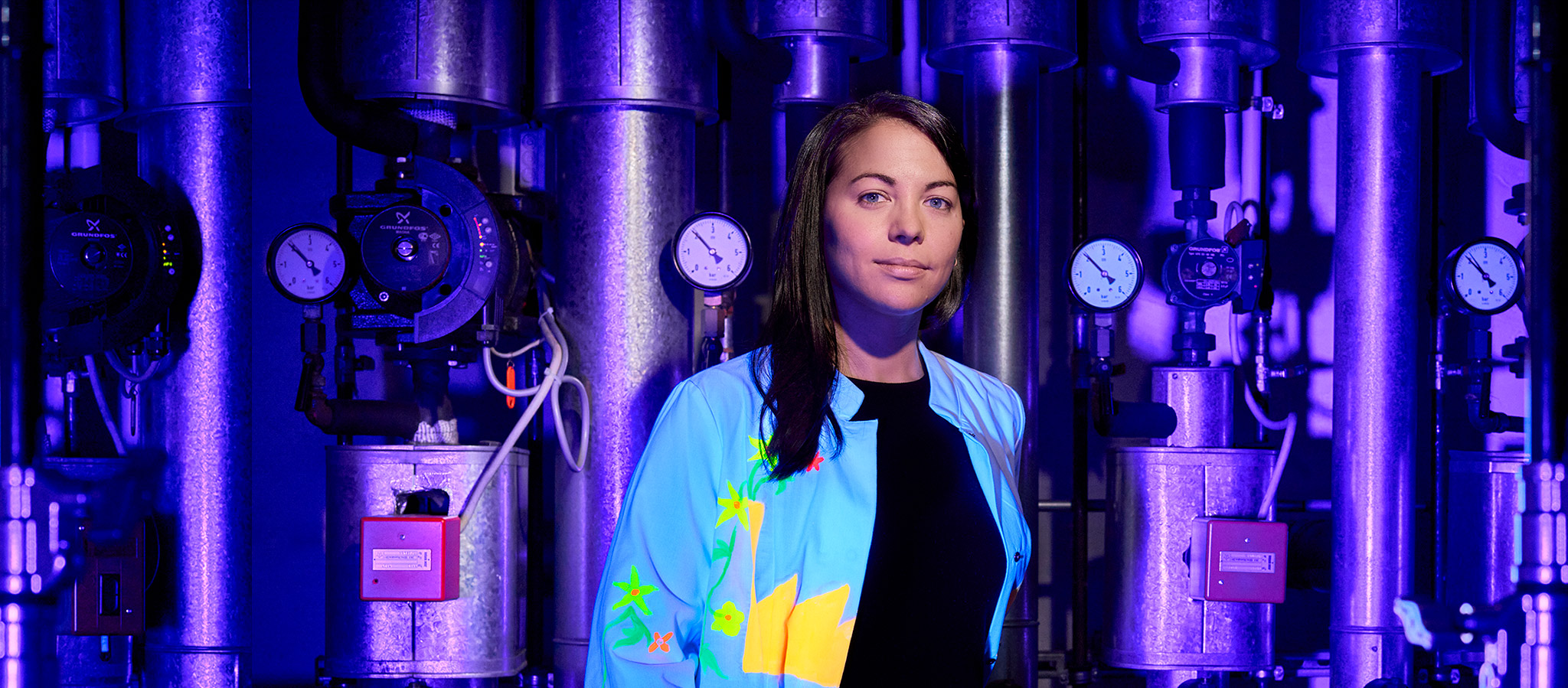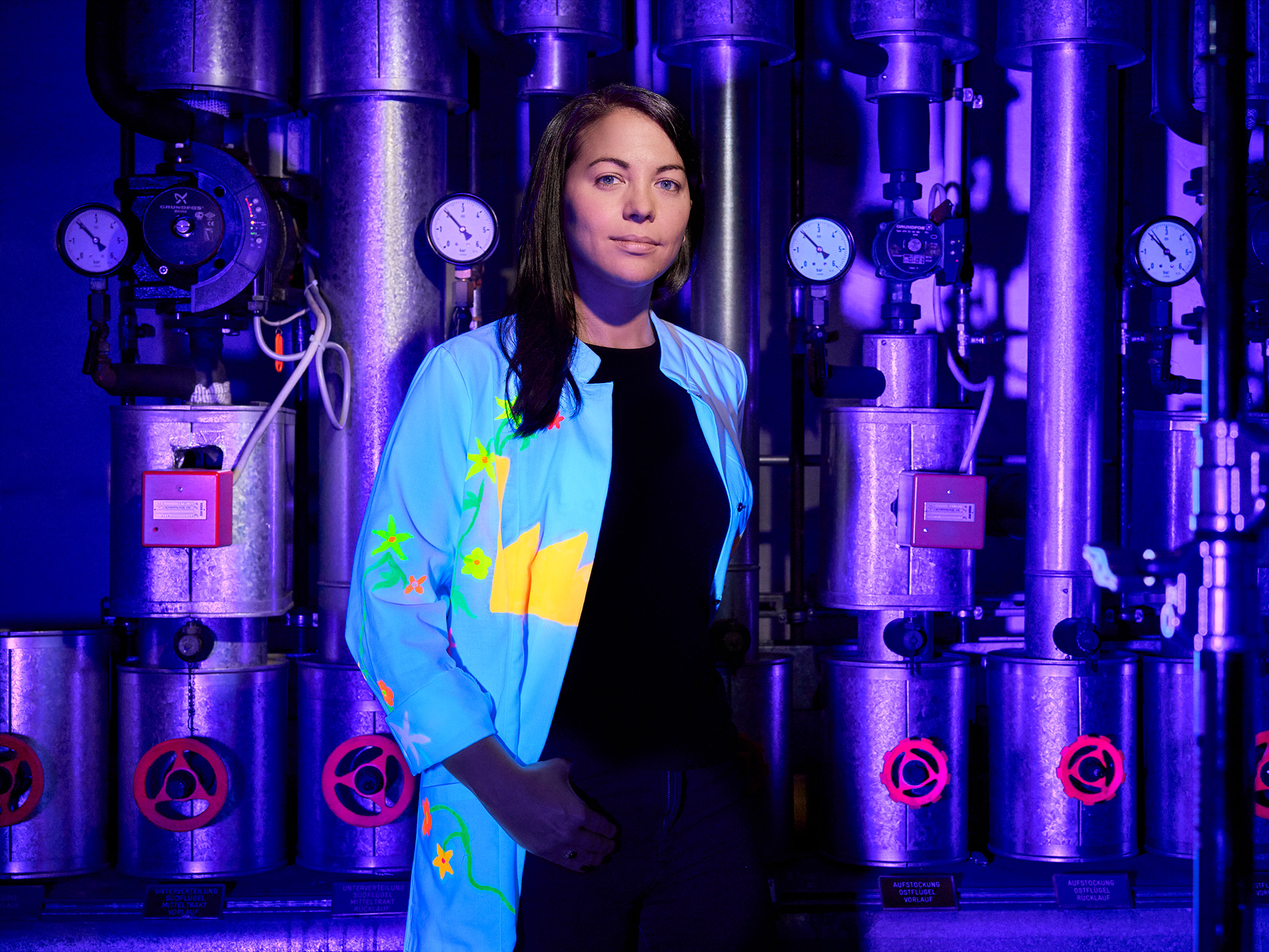In collaboration with more than 50 researchers from various institutions, Dr. Herbst recently published a study for the Ariadne project, focusing on Germany’s path to climate neutrality by 2045. In brief, the study found that renewable electricity, green hydrogen and green e-fuels are set to become the most important energy carriers. Furthermore, renewable energy production must be expanded massively by 2030. Then, it would actually be possible to eliminate our use of coal as an energy source by 2030 – something the government parties laid down as an “ideal” target in their coalition agreement.
The researchers analyzed six different scenarios for achieving our climate targets, using four technological focus areas: direct electrification, hydrogen, synthetic e-fuels such as methane and an energy mix. In addition to Fraunhofer ISI, various other members of the Fraunhofer Cluster of Excellence CINES participated in the study, including the Fraunhofer Institute for Solar Energy Systems ISE, the Fraunhofer Institute for Energy Economics and Energy System Technology IEE and the Fraunhofer Research Institution for Energy Infrastructures and Geothermal Systems IEG.
The targets are ambitious. Industrial CO2 emissions would have to be reduced by 57 percent by as early as 2030. “High-temperature processes involving furnaces and steam generation are especially challenging, and so are the emissions that are produced by chemical reactions during the processes,” explains Dr. Herbst, who is heading up the Ariadne work package on the industry transition. This means there is an urgent need to make investments and replace old plants with new plants before their time runs out. What’s more, the industry sector must switch over from previously cheaper energy sources to initially more expensive, sustainable sources such as electricity or hydrogen. This will only be possible if the regulatory framework is significantly expanded, going far beyond the measures that have currently been agreed on and implemented – to be precise, this expansion would have to cover CO2 pricing, research and investment funding, closing the profitability gap and regulatory law. Another important factor is that electricity and hydrogen must be available around the clock and in sufficient quantities. “Security of supply will play a major role here,” says Dr. Herbst. The targets for the heating transition are also quite a stretch. By 2030, the annual building renovation rate must reach 1.5 to 2 percent, five million heat pumps must be installed and around 1.6 million buildings must be newly connected to district heating networks. In short, to make Germany climate neutral in less than 25 years, the new German federal government must hit the ground the running in a lot of areas.
The Fraunhofer Cluster CINES went further in exploring the question of how the energy transition can succeed and conducted an energy system analysis – resulting in seven recommendations for the new German federal government. For example, the experts advised creating a clear framework for the industry sector, which would in turn serve as a means of enabling companies to invest in carbon-neutral production technologies. They also recommended developing possible means of carbon capture and storage, and pointed out that sharply accelerated expansion in wind and solar energy would be the core element of the energy transition.

